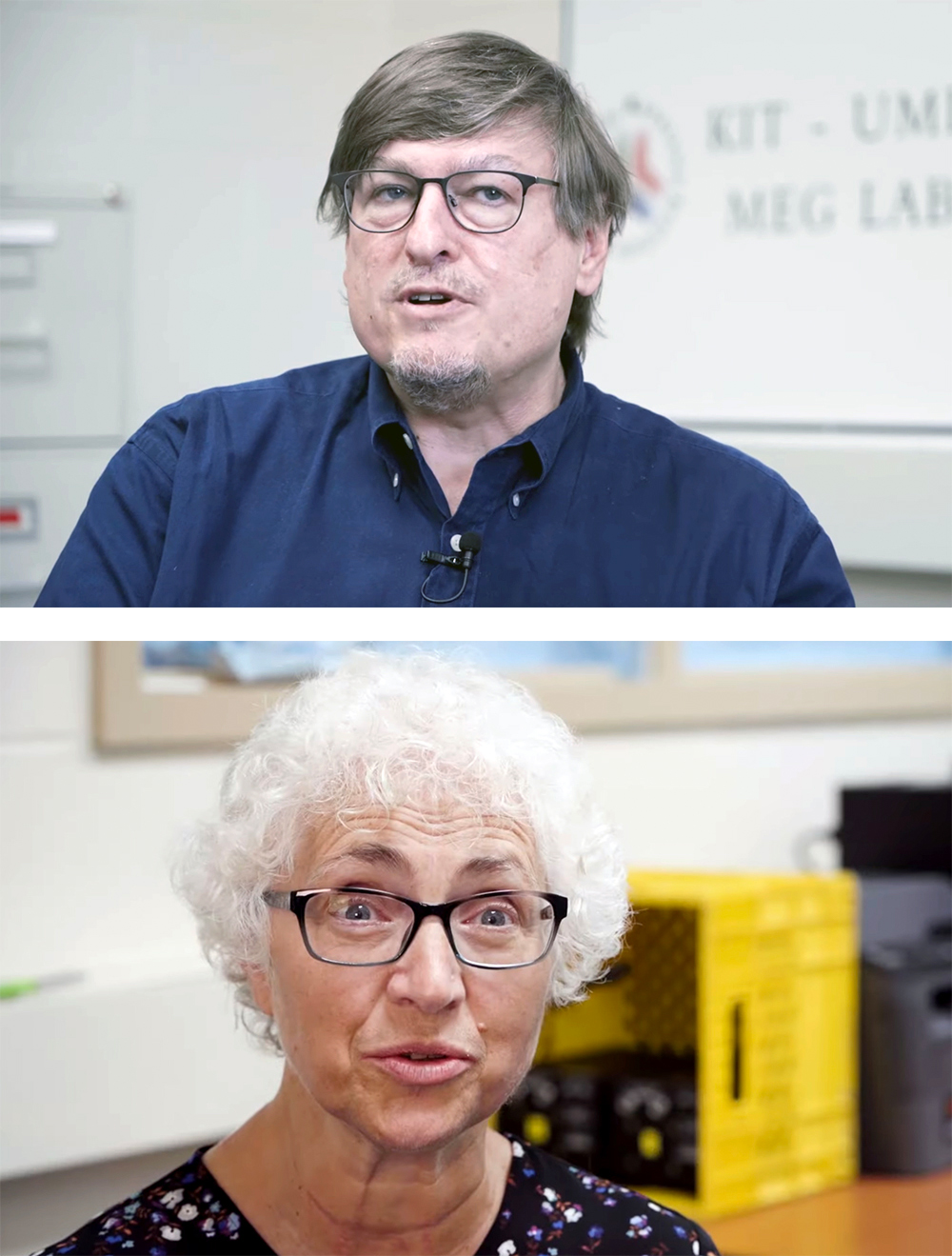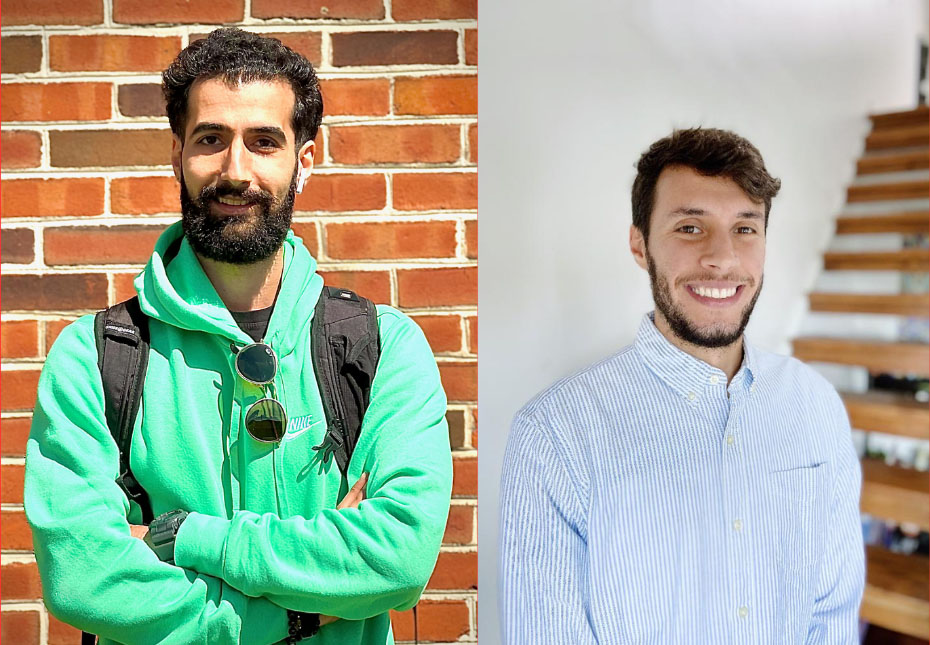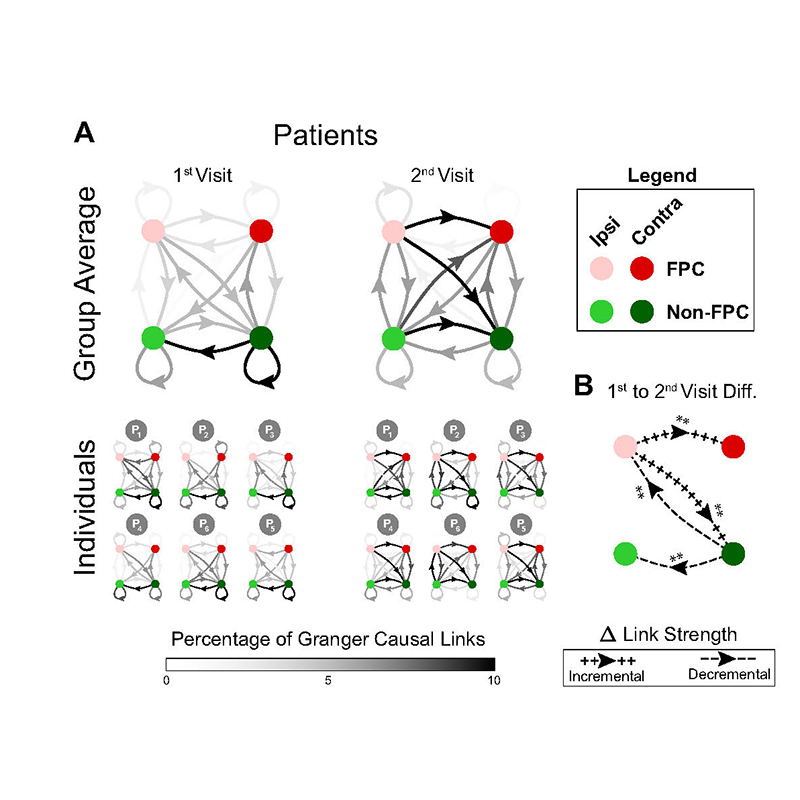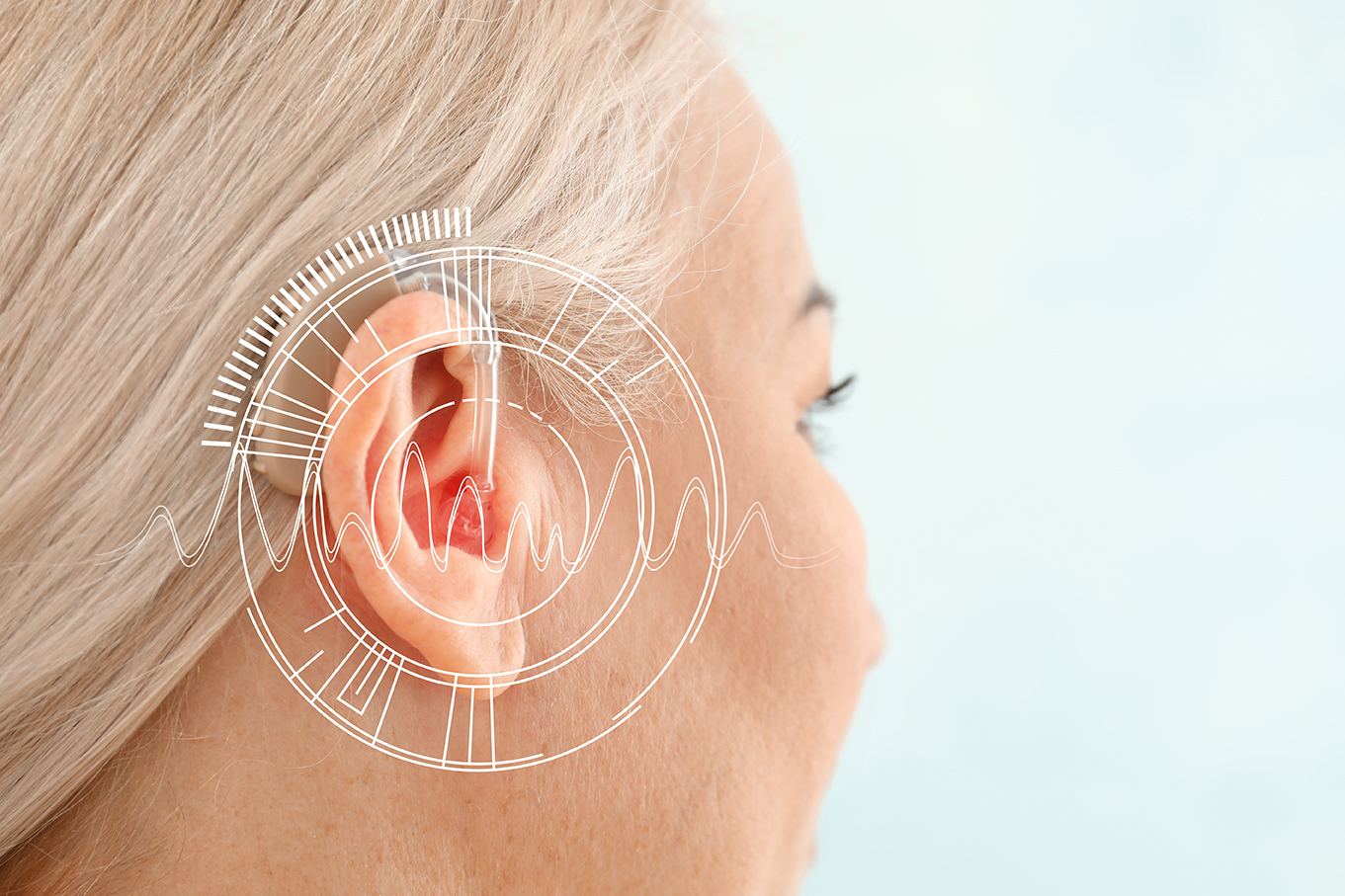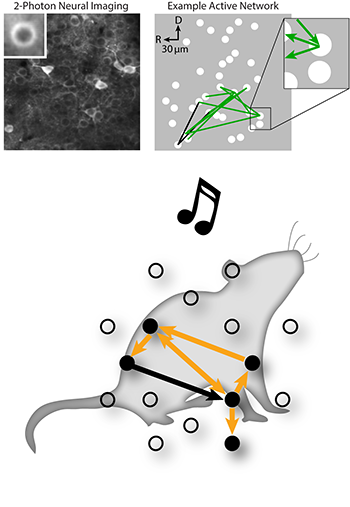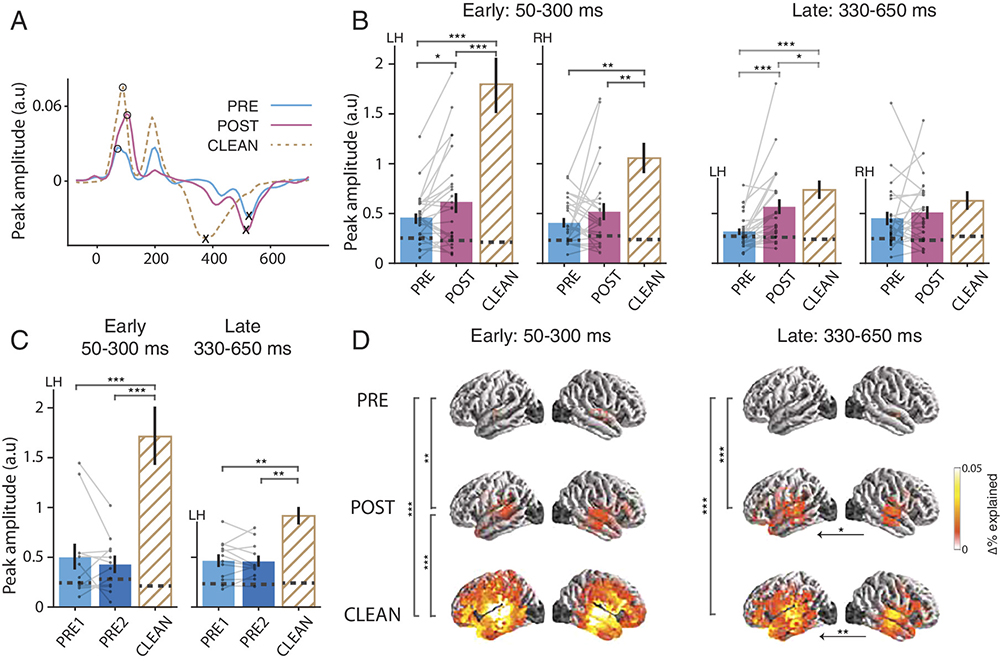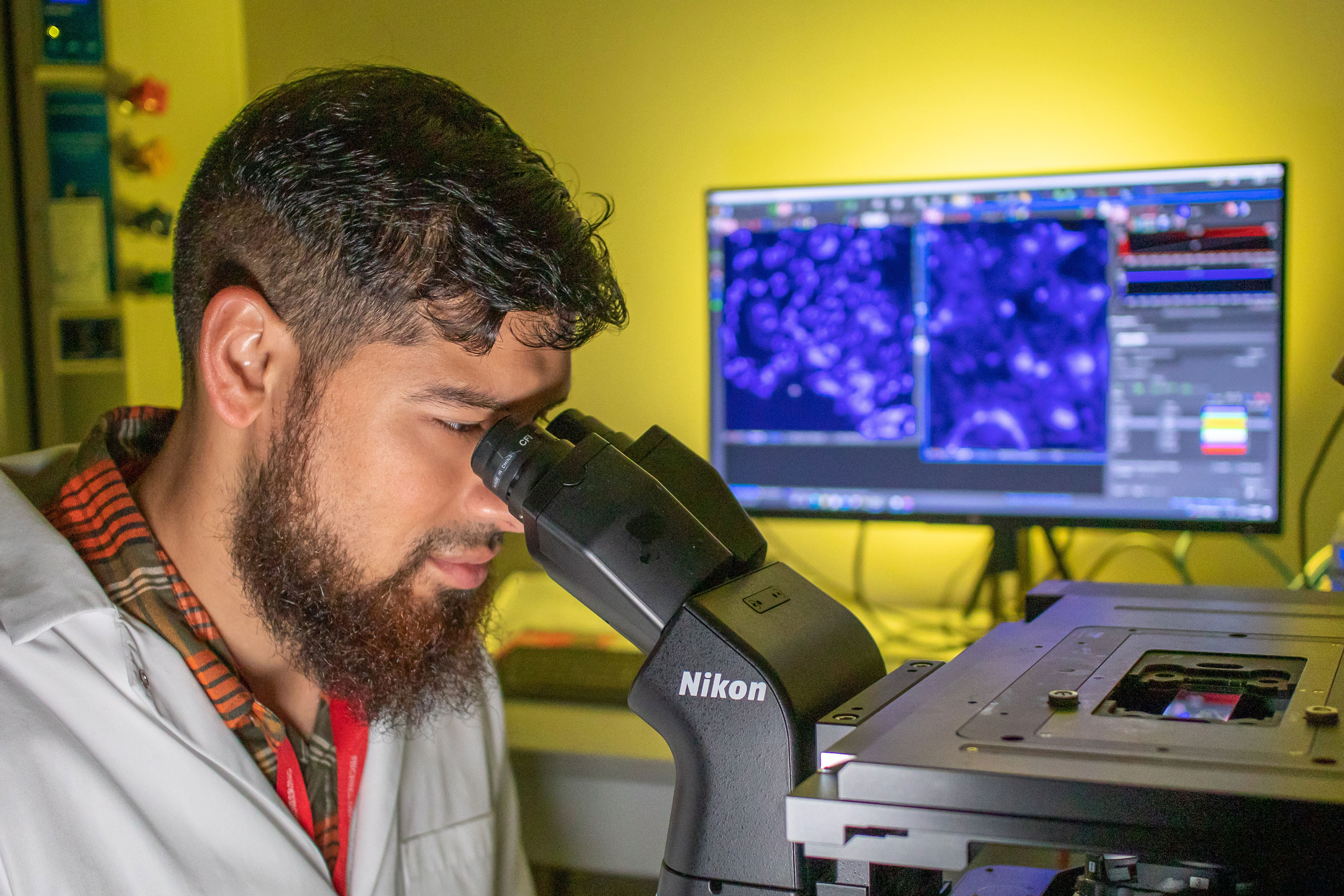News Story
UMD auditory cortex research featured in Nature Neuroscience
A new paper by Maryland neuroscientists that advances the understanding of how the brain processes the behavioral meaning of sounds is featured in the Jan. 28 issue of Nature Neuroscience. The research describes how neurons process sound and translate what is heard into behavioral action within a tertiary area of the auditory cortex. Particularly when long-term associative learning is involved, the brain’s rapid task-dependent plasticity during active listening may further enhance the listener’s ability to recognize and respond to relevant incoming sounds by adaptively reshaping auditory cortical filter properties.
The paper was written by Institute for Systems Research (ISR) postdoctoral researcher Diego Elgueda; former ISR Faculty Research Assistant Daniel Duque, now with the Institut d’Investigacions Biomèdiques August Pi i Sunyer, Barcelona, Spain; ISR-affiliated neurobiologist Susanne Radtke-Schuller; ISR Senior Faculty Specialist Pingbo Yin; former ISR postdoctoral researcher and current Assistant Professor Stephen V. David of the Oregon Hearing Research Center, Oregon Health and Science University, Portland, Ore.; Professor Shihab Shamma (ECE/ISR); and ISR Research Scientist Jonathan Fritz. Elgueda, Shamma and Fritz are also part of the University of Maryland’s Neuroscience and Cognitive Science Program.
“Our research has deep implications for understanding how our brain works,” says Jonathan Fritz. “It reveals how our brains nimbly and rapidly change responses to incoming sensory stimuli depending upon the cognitive context at that moment.”
For example, Fritz says, “when we shift our attention to a particular acoustic feature of the soundscape, such as one speaker in a cocktail party, the topdown attention drives an adaptive change in the acoustic filters in auditory cortex to enhance our ability to perceive that specific sound. Although our research utilizes an animal model, our work has sparked parallel studies in humans that find similar changes in sensory processing driven by attention in human brains.”
This new understanding of adaptive brain plasticity may help develop new-generation signal processing technology with adaptive circuitry, and is already being harnessed in an ambitious project to connect changing attentional focus (with instantaneous readout from patient EEG) to improve efficacy of hearing aids and cochlear implants. The researchers are also exploring changes in cognitive and brain adaptive flexibility in aging.
The research also illuminates another key question in brain research - how are sensory and motor systems linked? “We have now shown that these links between incoming sound and motor action are first forged in sensory cortex,” Fritz says, “well before the sensory signals reach the motor cortex. This has implications for understanding the links between human speech perception and production and may help us enhance speech acquisition.”
Published January 28, 2019

